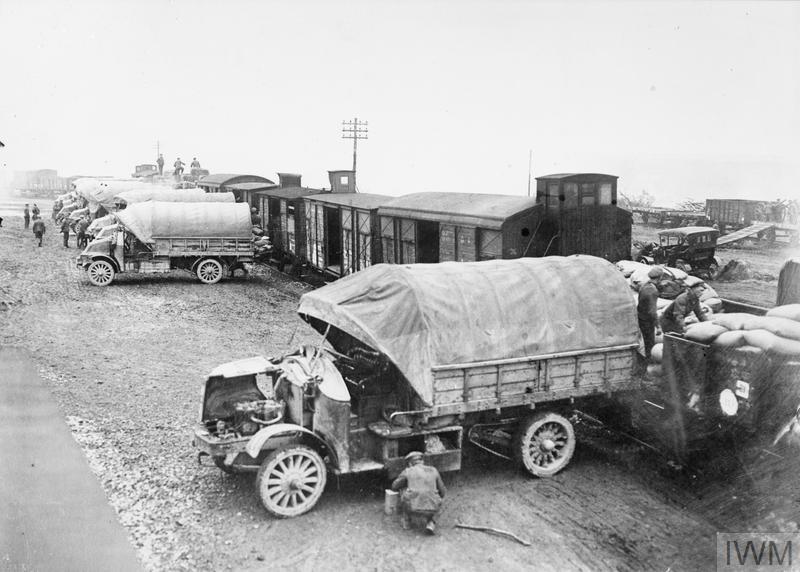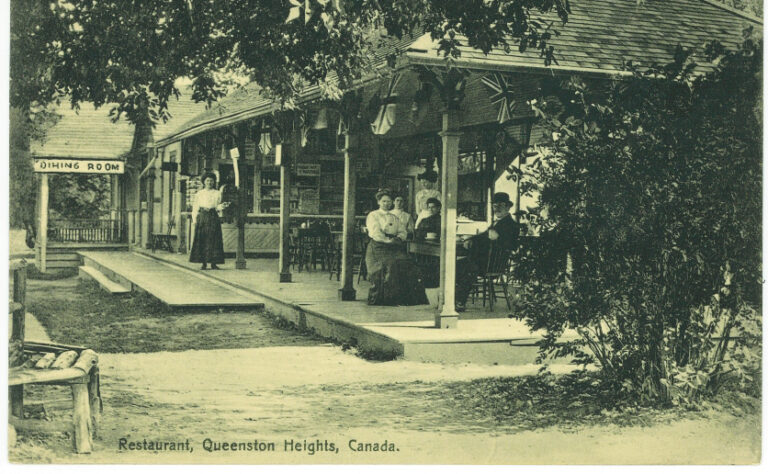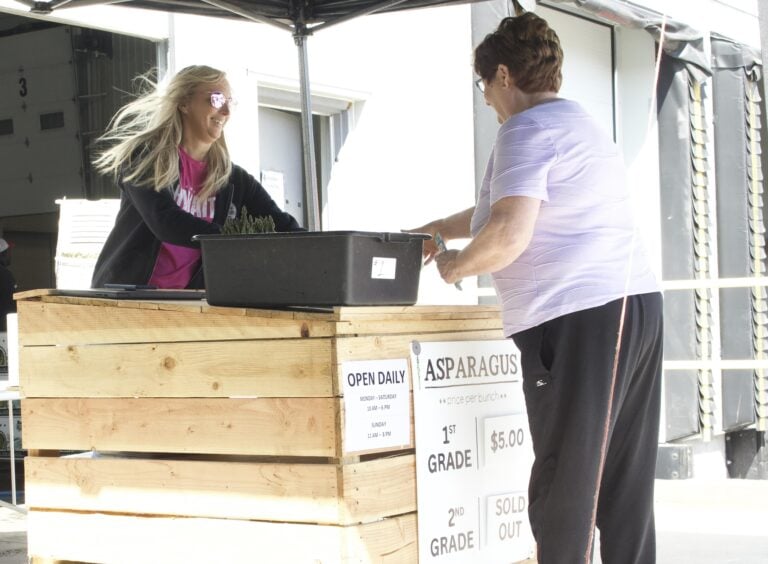It’s been a century since Niagara-on-the-Lake’s iconic clock tower cenotaph was erected. Then, in 1926, the Township of Niagara unveiled its own memorial in Queenston. In recognition of those who fought and died in two world wars and beyond, NOTL historian Ron Dale has been researching the stories of the people – all men – whose names are engraved on the two cenotaphs. This is one in a series of stories documenting and remembering the sacrifices of those commemorated on the municipal memorial in Queenston.
_________
Charles Joseph McCoy was born in Dublin, Ireland, on Aug. 23, 1892, son of Charles Joseph McCoy and Christina Day.
Charles senior was a solicitor’s clerk who died early, leaving Christina to earn a living and support her six children.
In the 1901 census of Ireland the 35-year-old widow was listed as a dealer in fish. At the time, her son Charles was living at a boarding school.
Dublin was in turmoil in the first quarter of the 20th century, with sectarian violence common and rebellion threatening. Whether Charles decided to seek his fortune and a better life in Canada or his mother felt he would be safer away from Dublin is unknown.
When he was 15, Charles left for Canada to work as a farm labourer in Niagara. Eventually his mother Christina and his younger brother William James emigrated to Toronto.
Charles left Niagara to temporarily live with his brother in Toronto and enlisted in the Canadian Expeditionary Force to fight in the First World War. He signed on with the 34th Battery, 9th Brigade, Canadian Field Artillery, on Dec. 17, 1915.
Like many artillerymen, Charles was sent to England to undertake the bulk of his training after receiving some rudimentary instruction in foot drill and musketry (marksmanship) in Canada. He embarked from Halifax on Feb. 5, 1916, and landed in England nine days later.
McCoy trained as a driver for the 9th Brigade Ammunition Column, the men who kept the cannons supplied at the front.
At Witley Camp, the main Canadian artillery training facility in England, he was transferred to the 33rd Battery, Canadian Field Artillery. On July 13, 1916, he sailed from Southampton to France and his destiny.
McCoy served as a brakeman on the 2nd Division ammunition train from July 20 to Aug. 15, 1916. He then returned to the brigade ammunition column, transporting shells to feed the cannons and food to feed the men operating them.
Each time he approached the front lines he was in danger of enemy artillery fire, which frequently bombarded roads and road junctions.
While McCoy was able to dodge enemy gun fire, he fell victim to some of the other hazards of being a soldier in the First World War, living through the dirt and filth that was a soldier’s lot at the time.
On Dec. 30, 1916, he was admitted to #10 Field Ambulance Station suffering from scabies. Over the next several months he was hospitalized a few more times, with impetigo, furunculosis and influenza.
After August 1917 there were no more visits to the hospital and he carried on transporting ammunition.
The following year an end to the war was in sight. Beginning with the Battle of Amiens in August 1918, in which Canadian troops played a major role, the Germans were slowly being pushed back, suffering unsustainable casualties on their slow retreat, resisting the unstoppable Allied advance.
The Germans would be driven out of one line of defences only to fiercely defend another line set farther back. Their most formidable defensive position, the Siegfriedstellung, (also known as the Hindenburg Line), was smashed in early October by Allied forces, spearheaded by the Canadian Corps.
The war ended when an armistice took effect on Nov. 11. However, many men were killed before the guns fell silent. McCoy was one of them, killed on Oct. 18, 1918, just over three weeks before the end of the war.
According to the official report on his death: “On the morning of Oct. 18, 1918, his brigade moved up to Hem-Lenglet in support of the infantry who had crossed the canal at this point. The enemy was harassing the village with 4.1-cm guns during the day and at evening shells were dropped in the vicinity of the headquarters, one of which detonated on the roof. (It) drove the shell fragments down through the ceiling and a piece struck Driver McCoy on top of the left shoulder, and although immediate attention was given he died on the way to the dressing station.”
McCoy lies in the Sains-les-Marquion British Cemetery in France and is commemorated on the cenotaph in Queenston.










